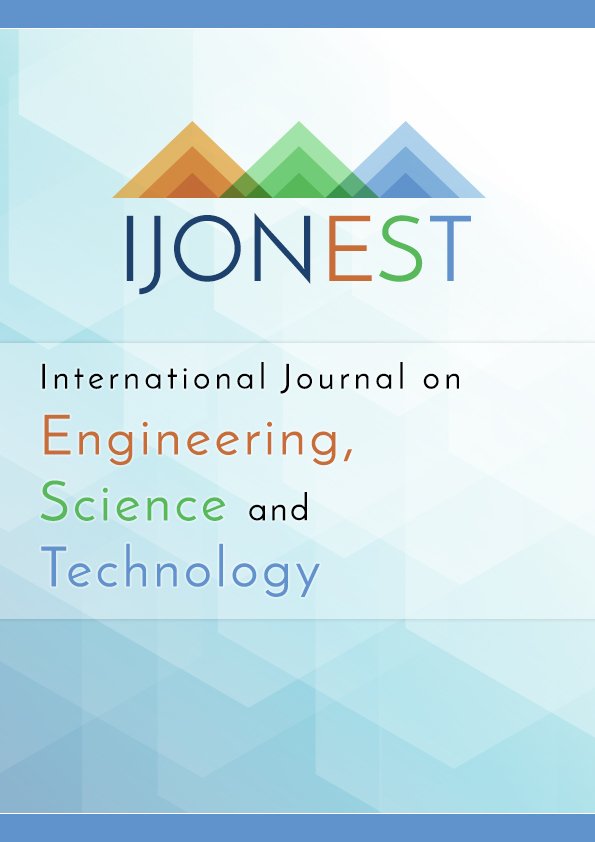A New Mode of Interaction to Explore All-sky Maps in Multiple Wavelengths
DOI:
https://doi.org/10.46328/ijonest.178Keywords:
All-sky maps, Human computer Interaction, IR transmitters, large screen interaction, multi-wavelength astronomy.Abstract
As the Museums and Interactivity-oriented Science Centres of the world are reinventing themselves more as creators of culture than just conservators of culture, they are getting keener to explore how various data retrieval and HCI technologies can symbiotically fit into the methods of museology. Museums, since their advent, have used spatial and temporal scanning to present stories that evolve either over time or through space. But these have always remained static timelines that are limited in content, lack interactive exploration, and miss any metaphorical interaction that allows one to have the experience of physically scanning a space or a timeline. In this work, we report how a new HCI technology was used to retrieve all-sky map data and present the multi-wavelength view of the universe to the uninitiated visitor having no skill to navigate through sophisticated astronomy instruments. We describe an intuitive interface that takes no training and learning for the visitors to operate. They can start analyzing multi-wavelength all-sky maps of our galaxy in no time – exactly as professional astronomers do. Stressing upon the ease of usability, reliability of data, and fail-safe operation, visitors are given access to additional layers of information that can be presented in myriad options chosen by the visitor. They can compare thin slices of galactic images in various wavelengths and look for essential radiation sources that are otherwise not apparent in the naked eye or simple optical observations. The public exhibit was based on duplex data communication between a computer and a PIC microprocessor controller using IEEE 1284 parallel port in ECP mode thus making it a generic technology for interactive displays.Downloads
Published
Issue
Section
License
Articles may be used for research, teaching, and private study purposes. Authors alone are responsible for the contents of their articles. The journal owns the copyright of the articles. The publisher shall not be liable for any loss, actions, claims, proceedings, demand, or costs or damages whatsoever or howsoever caused arising directly or indirectly in connection with or arising out of the use of the research material.
The author(s) of a manuscript agree that if the manuscript is accepted for publication in the International Journal on Engineering, Science and Technology (IJonEST), the published article will be copyrighted using a Creative Commons “Attribution 4.0 International” license. This license allows others to freely copy, distribute, and display the copyrighted work, and derivative works based upon it, under certain specified conditions.
Authors are responsible for obtaining written permission to include any images or artwork for which they do not hold copyright in their articles, or to adapt any such images or artwork for inclusion in their articles. The copyright holder must be made explicitly aware that the image(s) or artwork will be made freely available online as part of the article under a Creative Commons “Attribution 4.0 International” license.

This work is licensed under a Creative Commons Attribution-NonCommercial-ShareAlike 4.0 International License.





